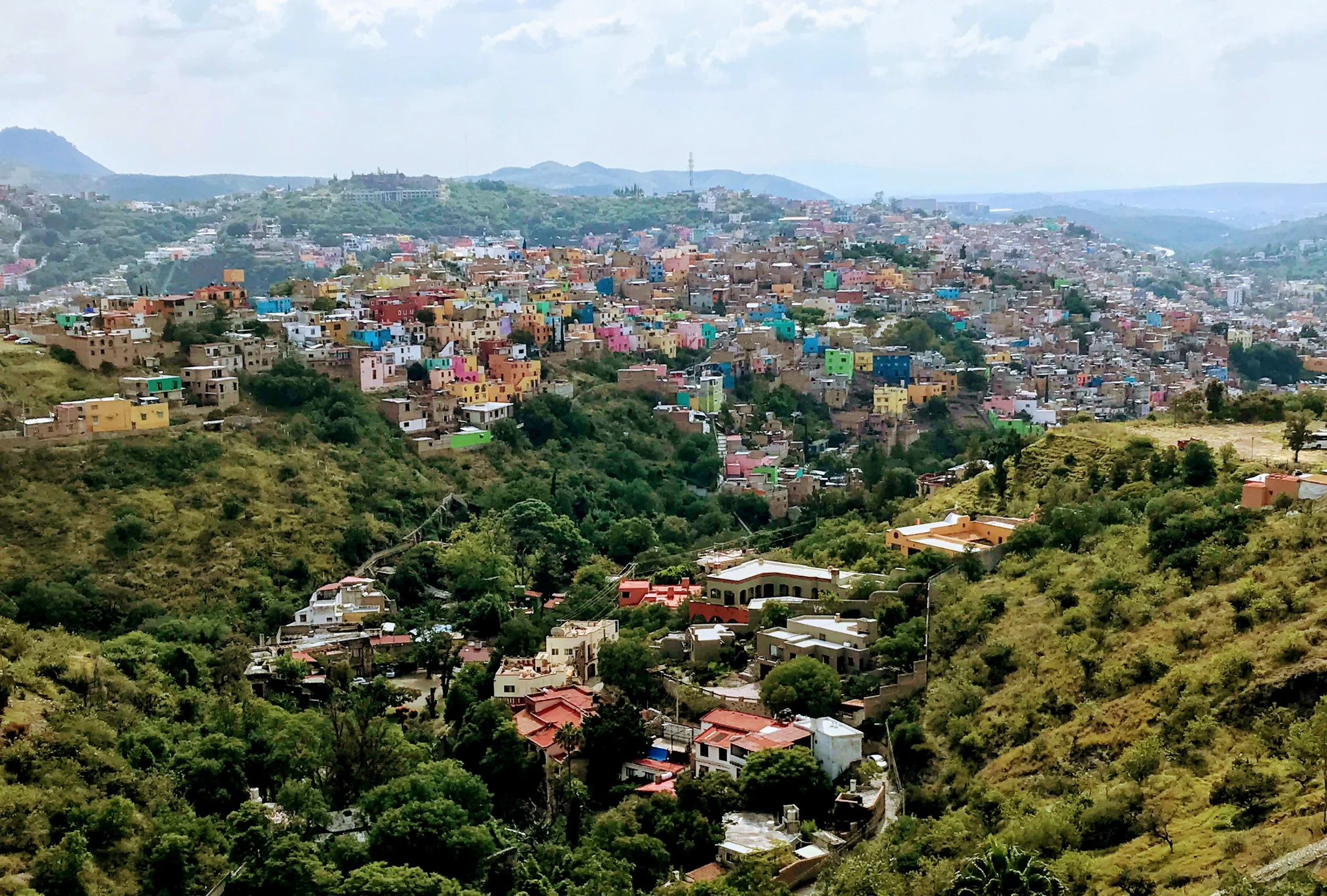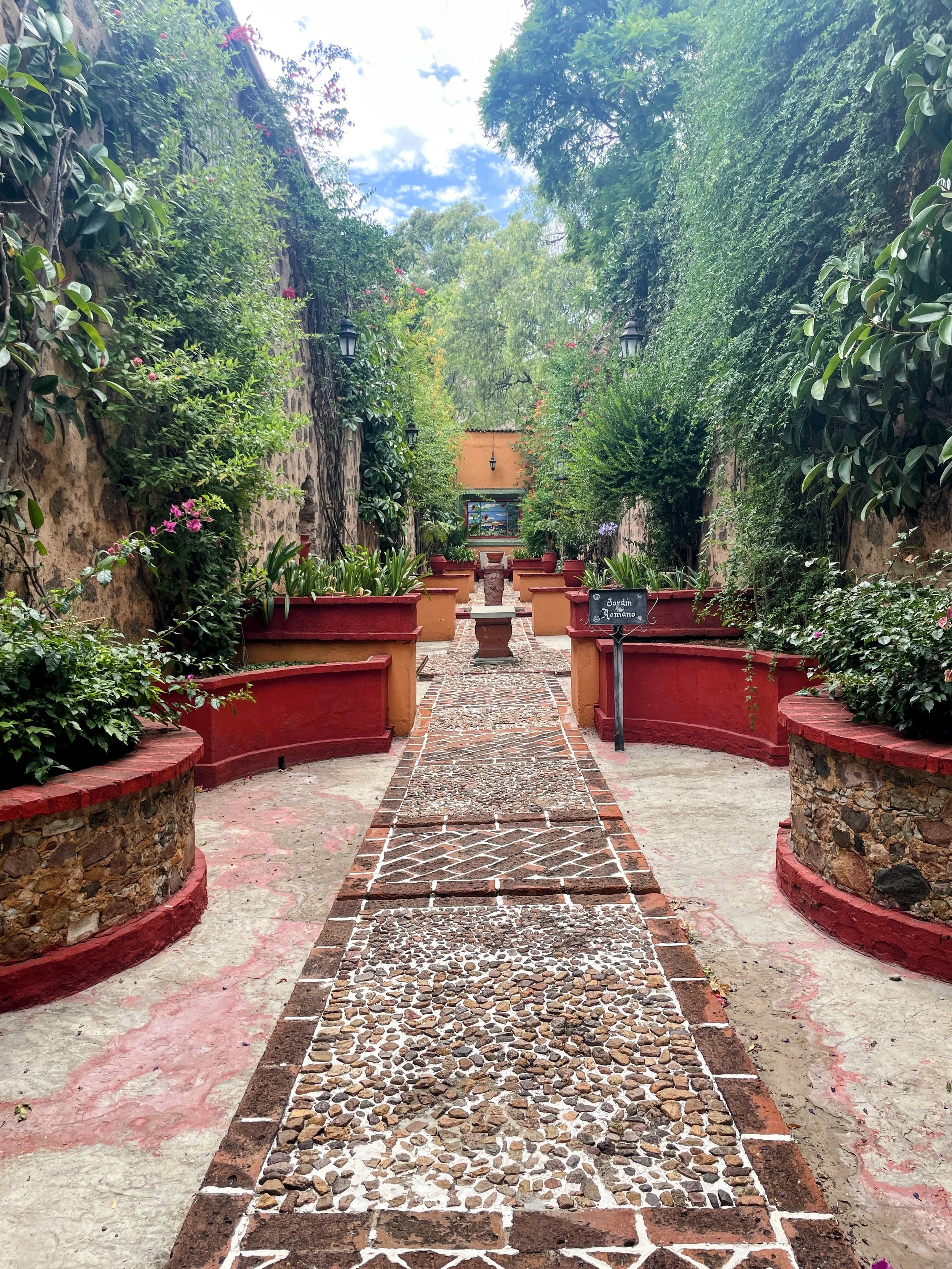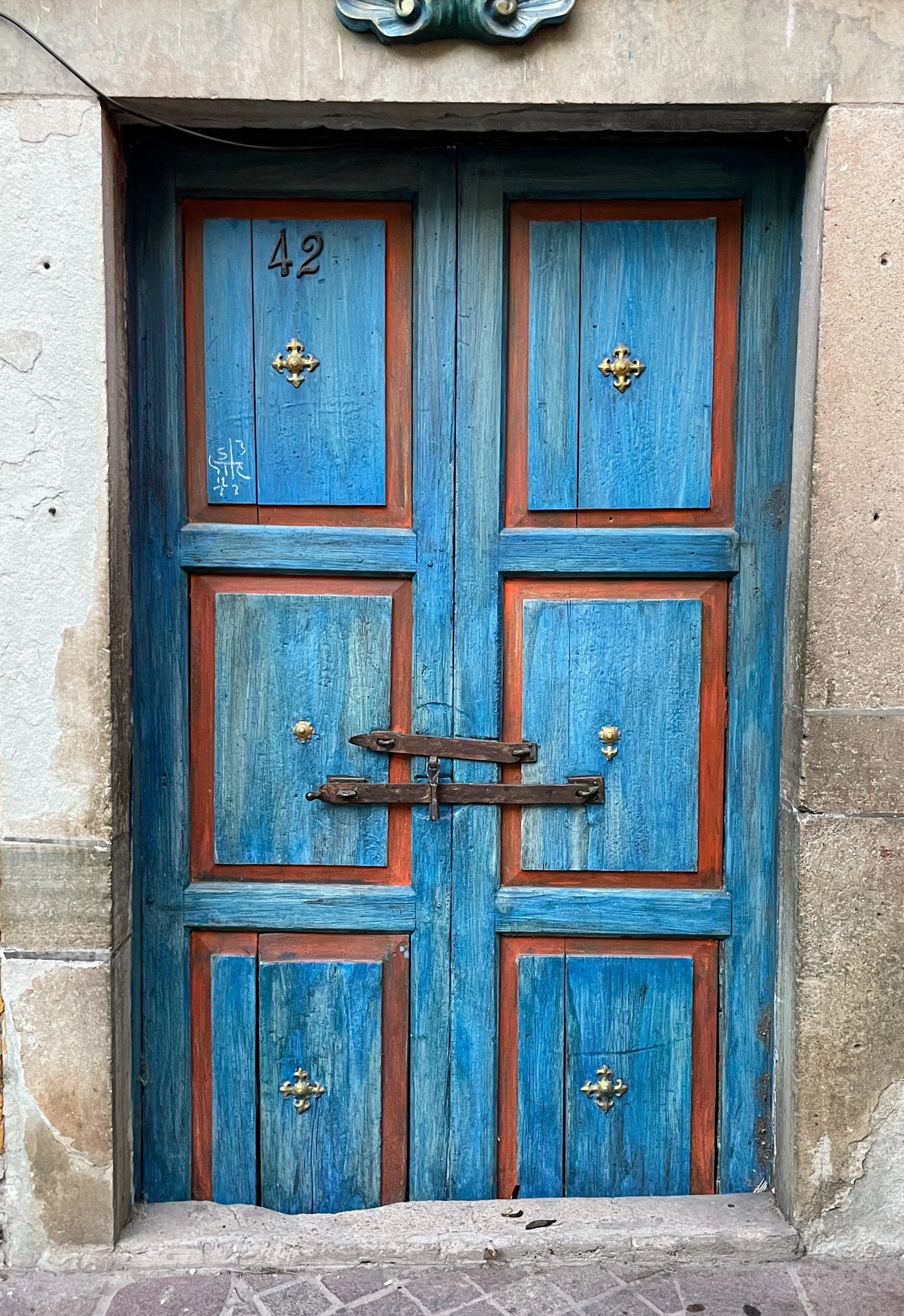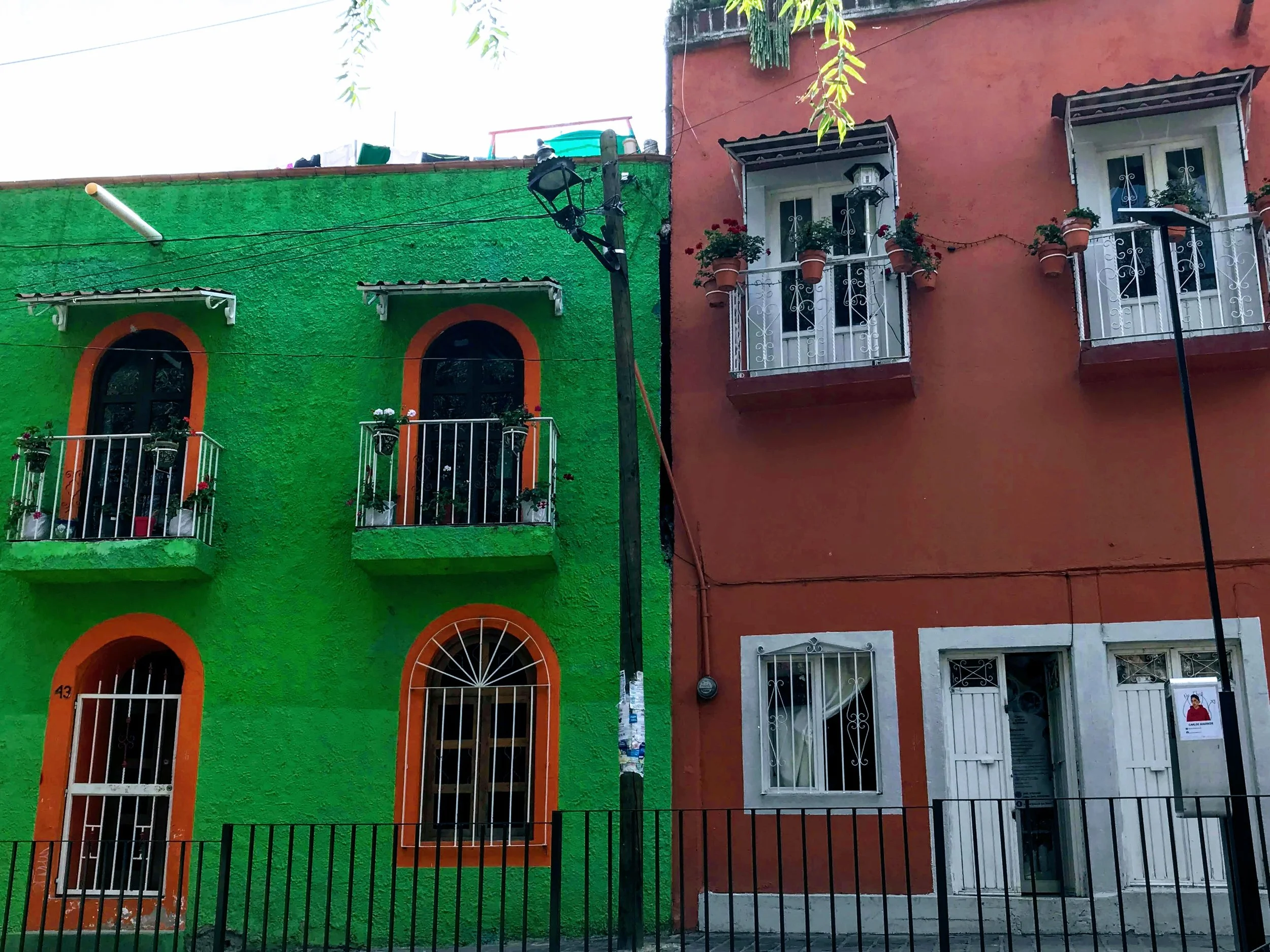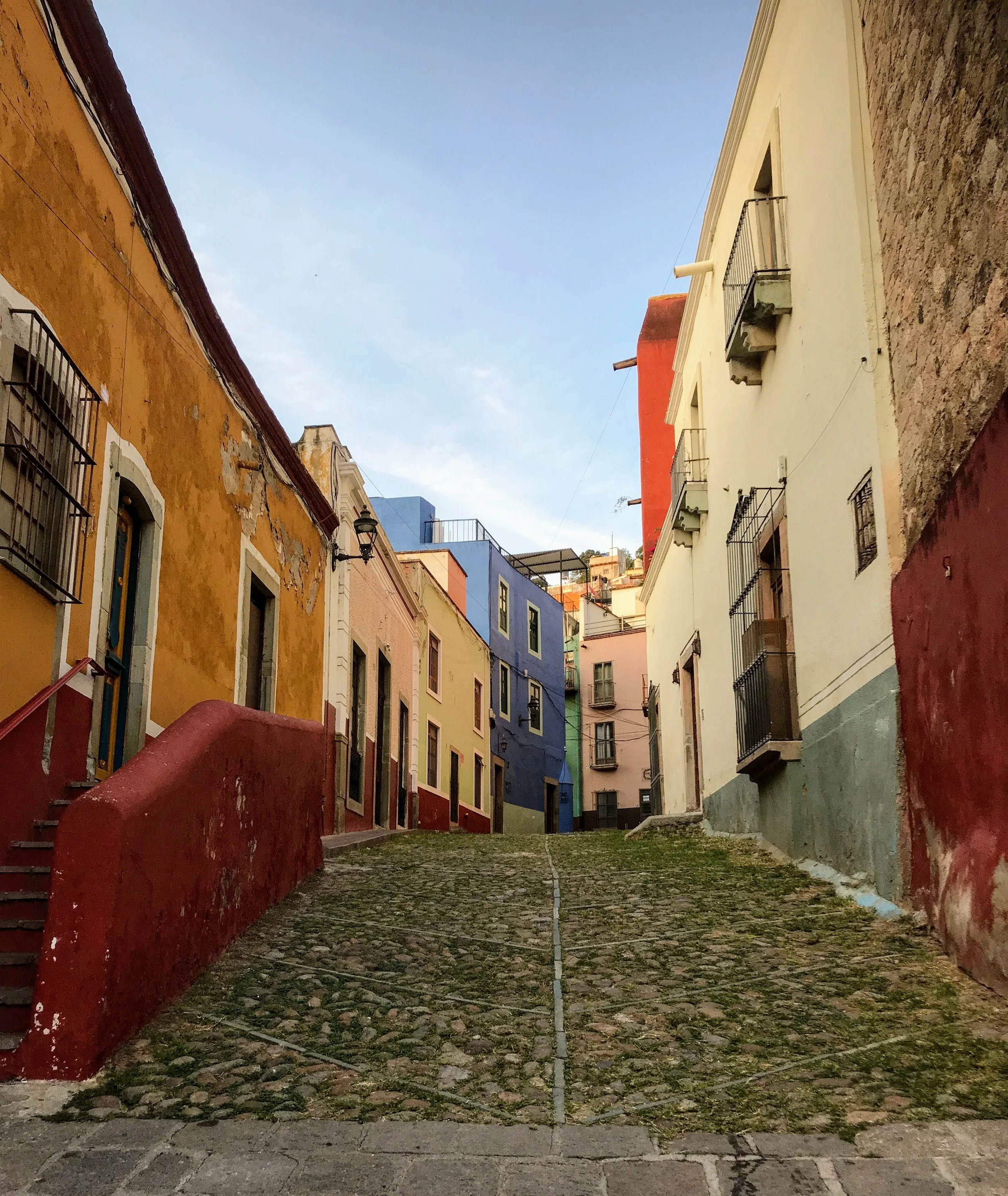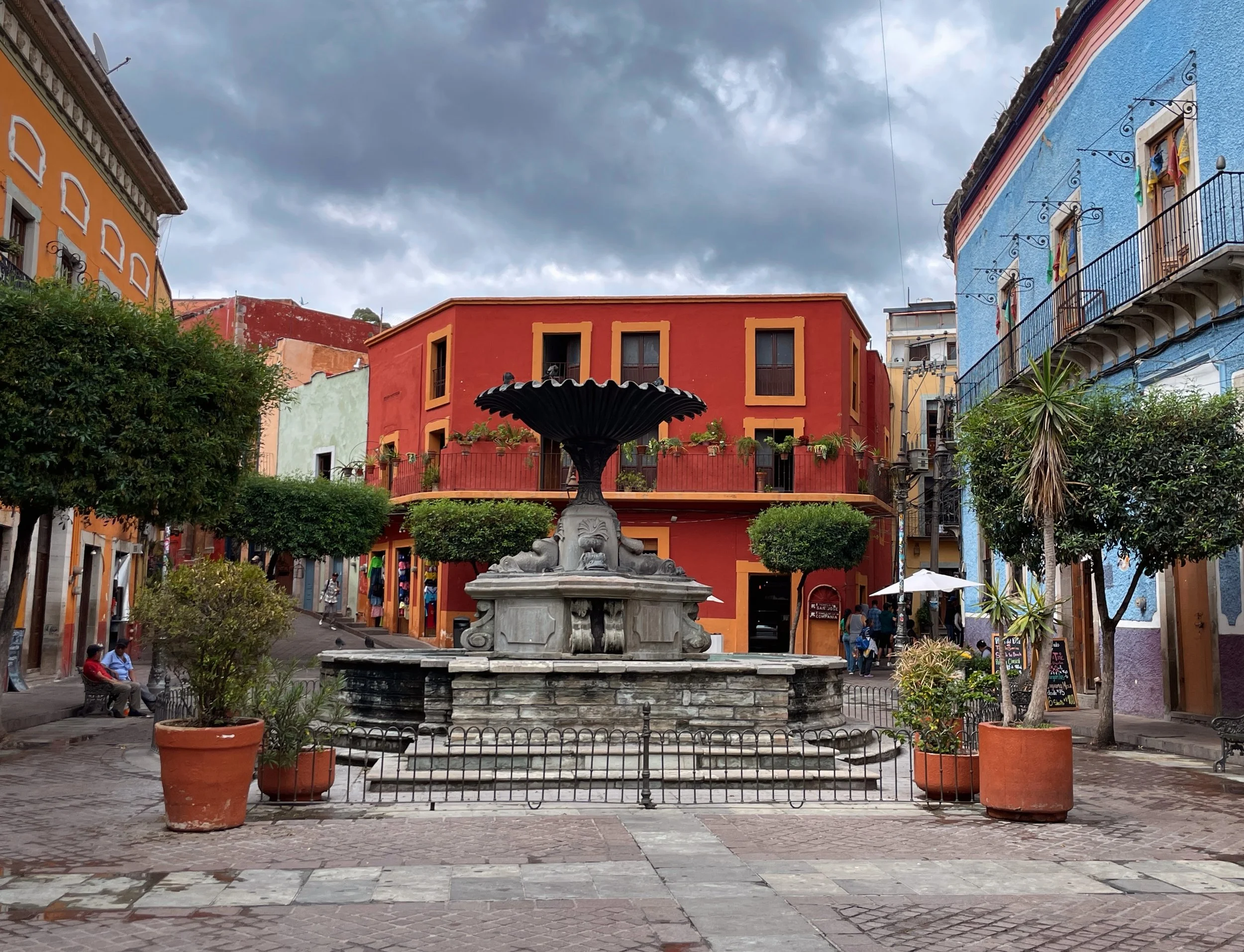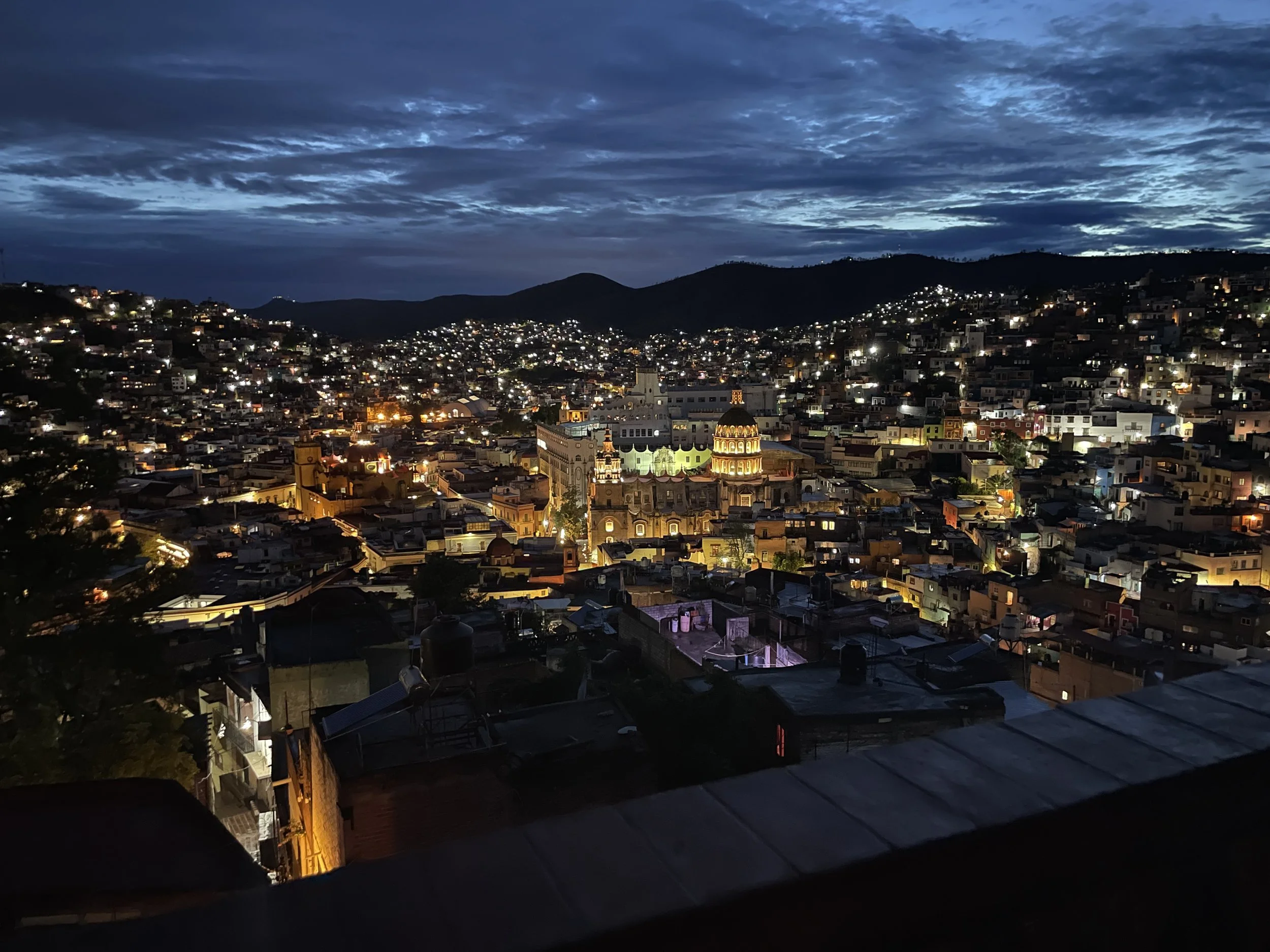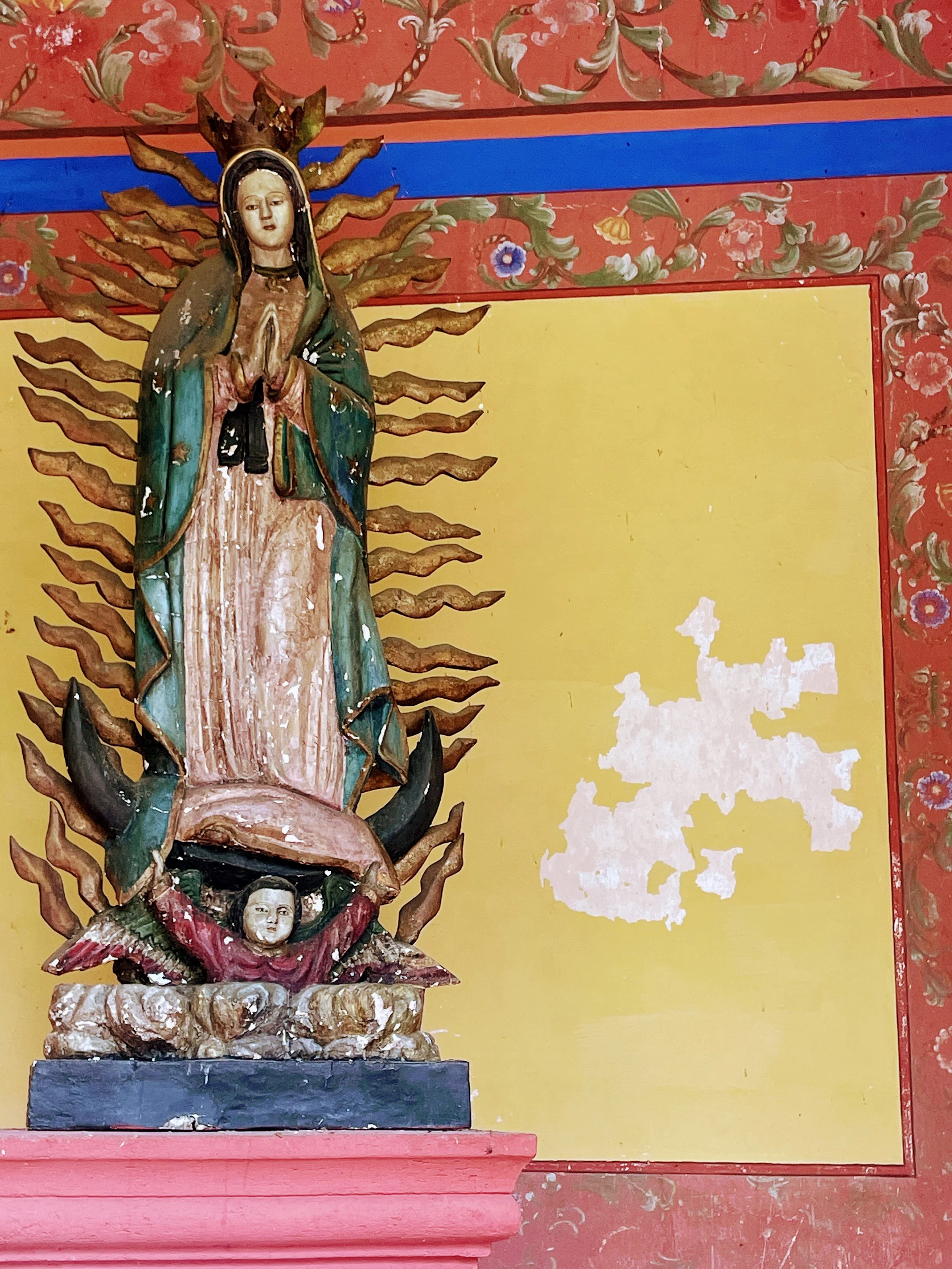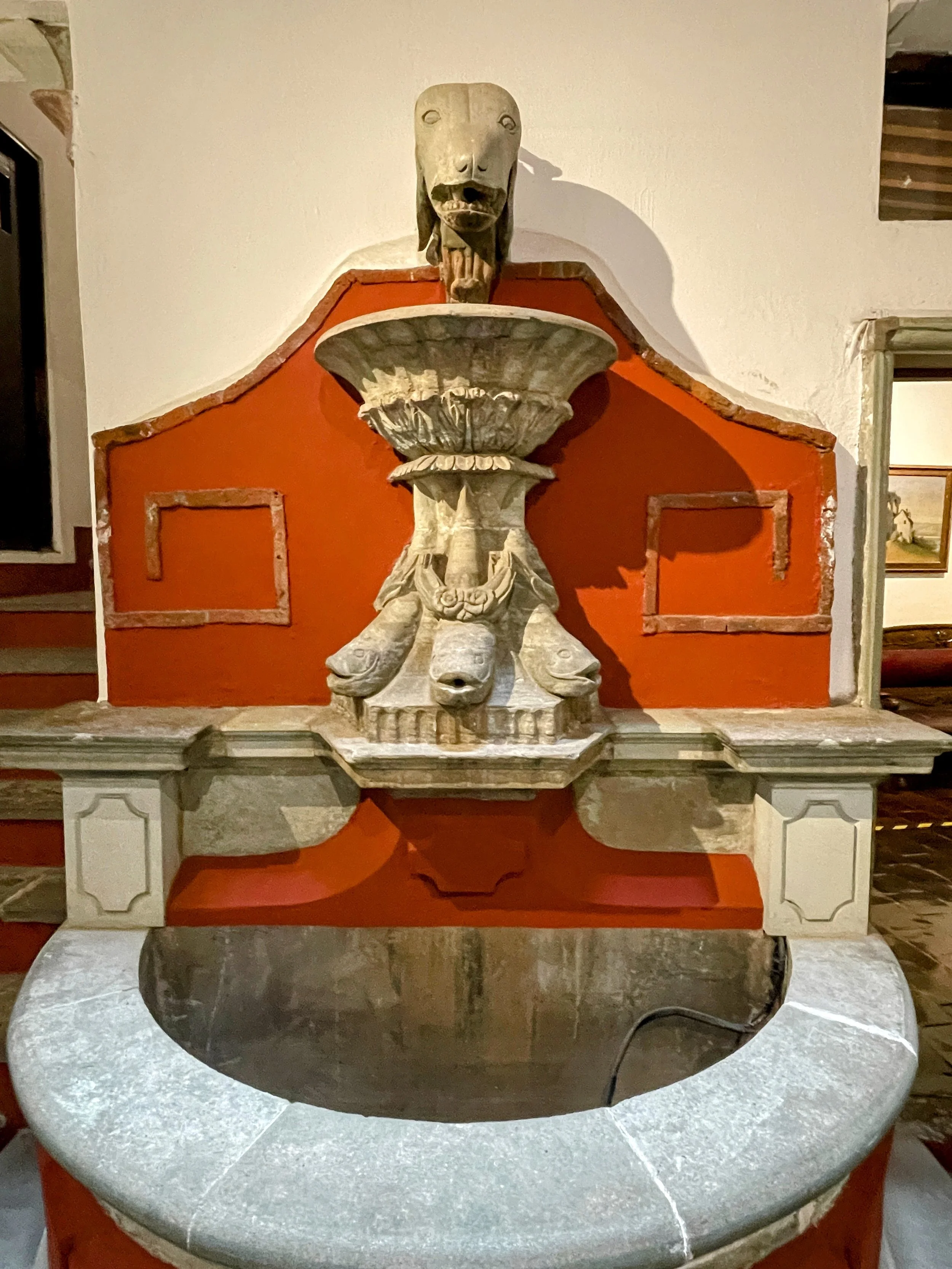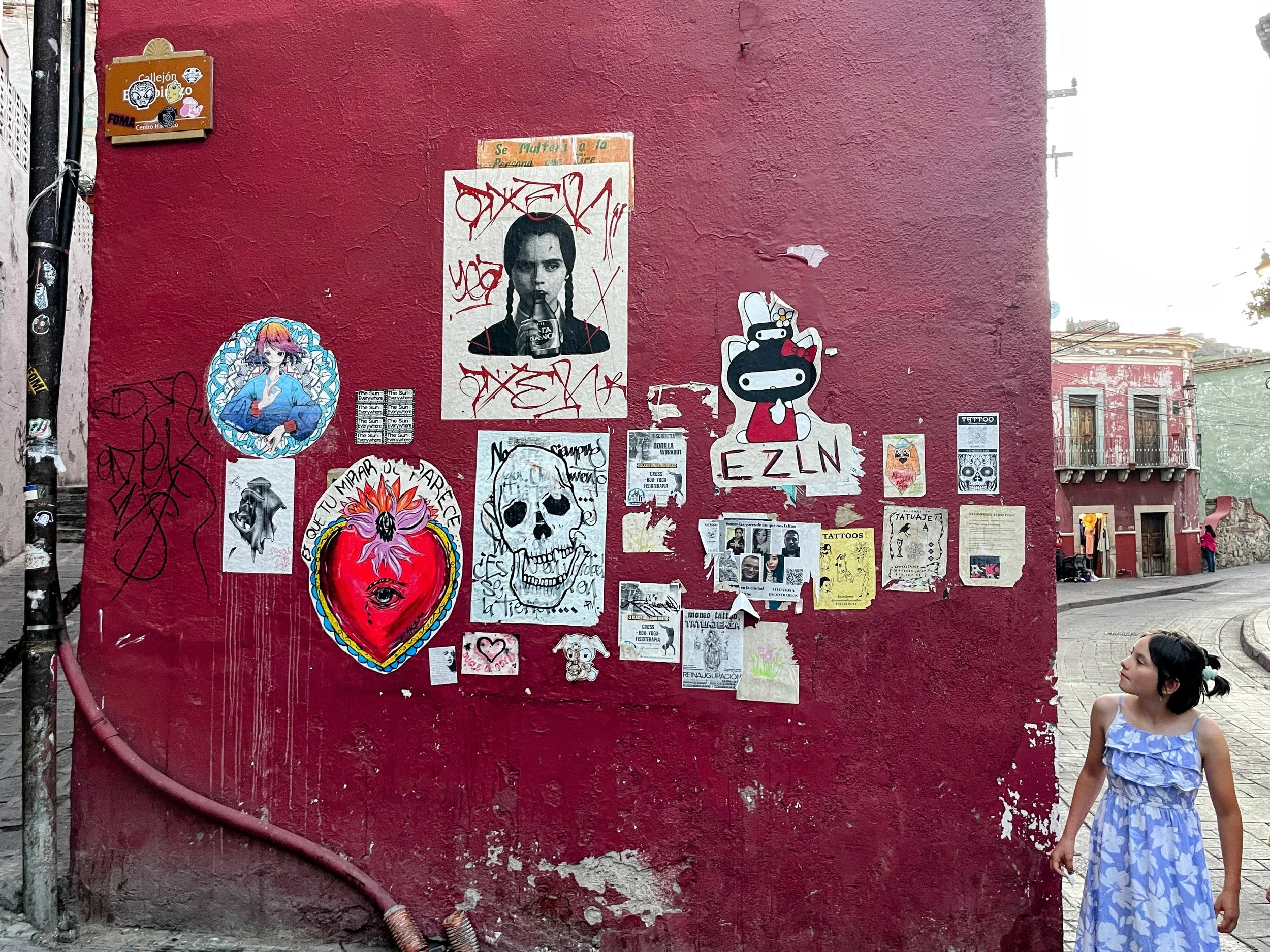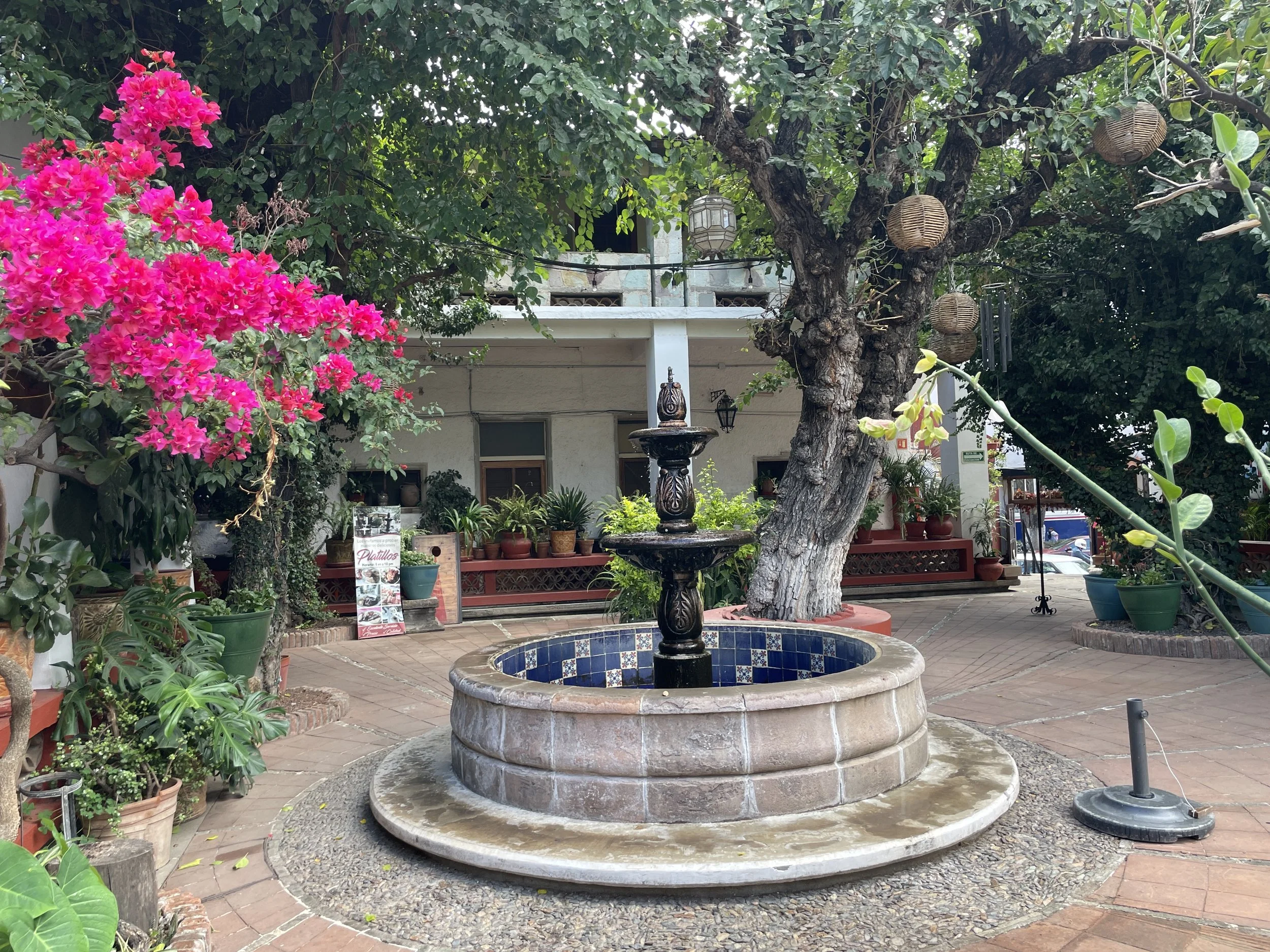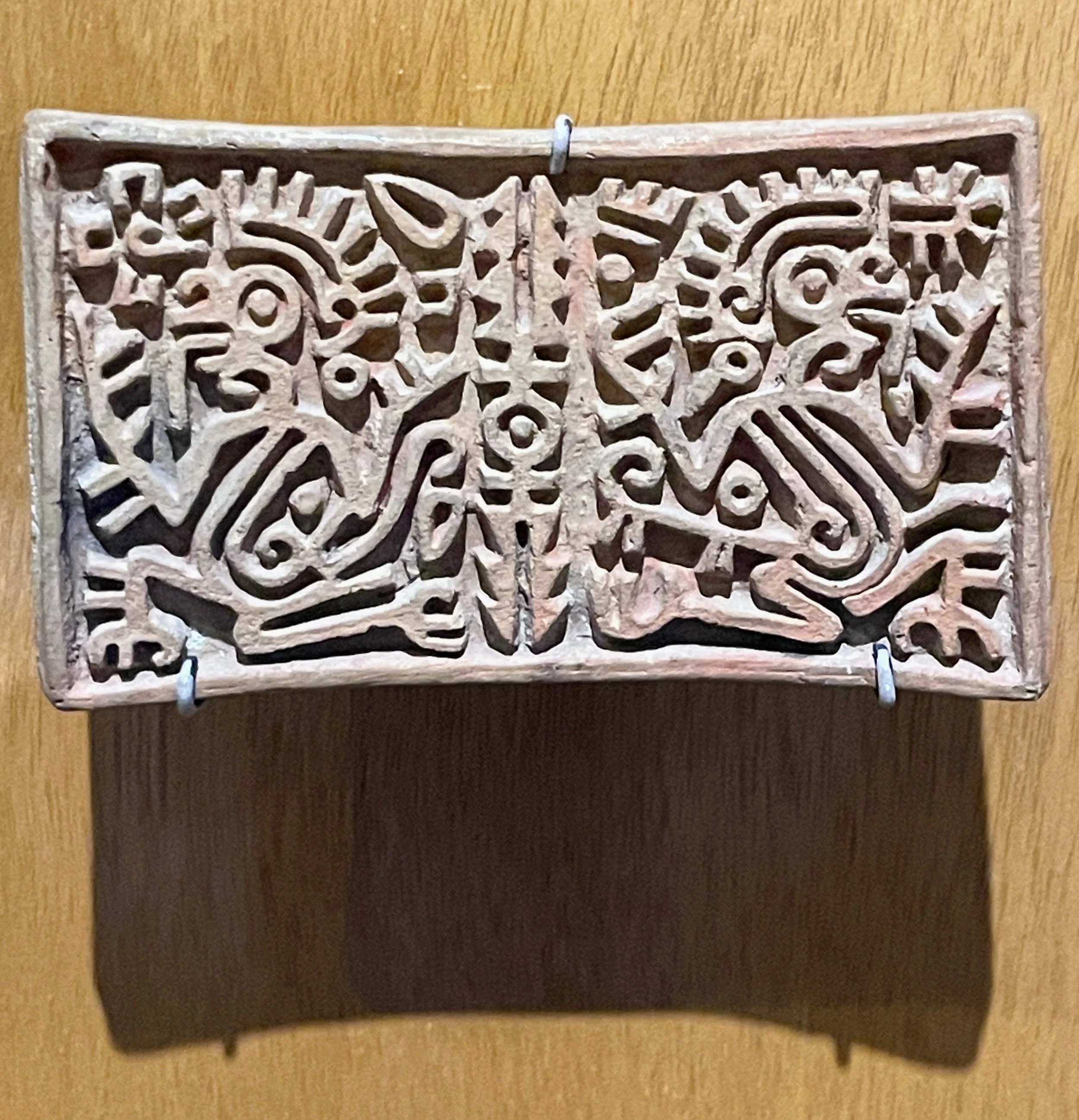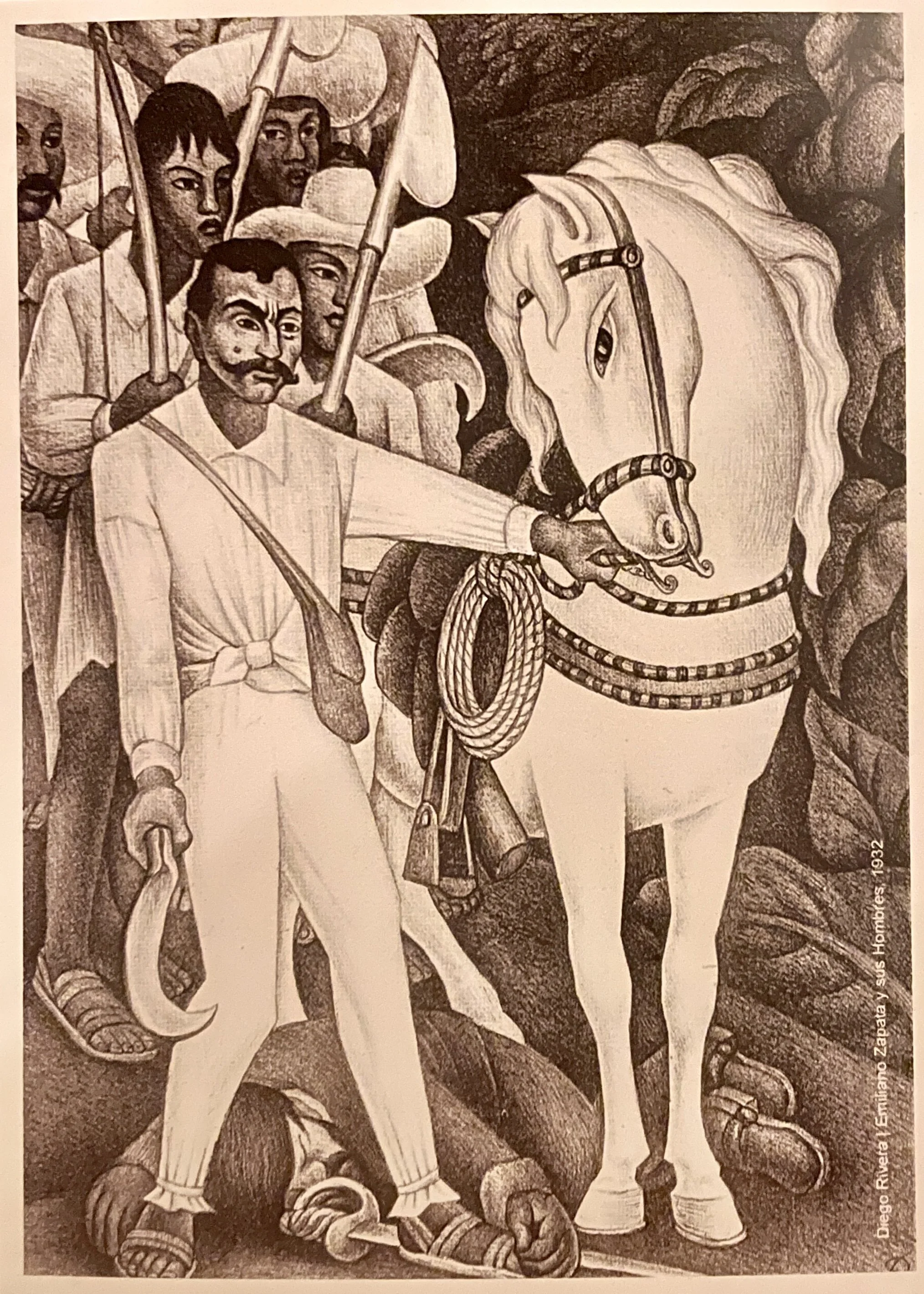
Discover Guanajuato
Why Guanajuato?
Guanajuato is the capital of the state of Guanajuato, which is located in central México, about 5 hours north of Mexico City. The mountains of the Sierra Madre Occidental surround it, creating breathtaking views as well as a geography that is both semi-arid as well as forested. In the valley center sits Guanajuato: a colonial city whose historical landmarks are protected by UNESCO, ensuring the charm of cobblestone streets and colorful homes.
The region of Guanajuato is the ancestral home of various tribes of the Chichimeca, including the Otomí and Purépecha, which are indigenous dialects still spoken in regions of Guanajuato state today.
The rich minerals found in the area sparked the interest of the Spanish during the 16th Century and after displacing the native communities that lived there, they built massive silver mines that generated much wealth for the area.
Guanajuato became the birthplace of the Independent movement more than 250 years later. The priest Miguel Hidalgo inspired a revolution against the Spanish in 1810 in the town of Dolores, and much of the Independence War played out in Guanajuato at places such as the Alhóndiga de Granaditas, an old grain storage building currently housing the Regional History Museum.
Guanajuato later went on to benefit from the wealth of the ‘Porfiriato’, when México was governed by the dictator Porfirio Díaz from 1884 to 1911. This dark period sparked the Mexican Revolution, an uprising demanding equal land rights from the working class.
Today’s Guanajuato represents a mixture of the Indigenous and Spanish cultures that have influenced it—with a population of about 195,000. It is known for its historic and cultural sites, along with the acclaimed Universidad de Guanajuato. People come from all around the world for the international art and music Festival Cervantino in October, as well as the now popular Día de los Muertos celebration in November.
A Glimpse of Guanajuato
Must-See Places to Visit in Guanajuato
-
Museo Alhóndiga
The regional History Museum of Guanajuato spans from PreHispanic eras through the Mexican Revolution, and boasts spectacular murals from acclaimed local muralist José Chávez Morado. This building itself is historical, as it was used as a fortress during the Independence movement.
-
Diego Rivera Museum
The iconic Mexican muralist Diego Rivera (1886-1957) was born in Guanajuato, and his childhood home now serves as a museum housing many of his sketches and paintings.
-
Museo del Pueblo
This art museum displays incredible art of both historical and contemporary artists. It also houses a baroque chapel (1696) with murals from Jose Chavez Morado depicting Spanish colonization
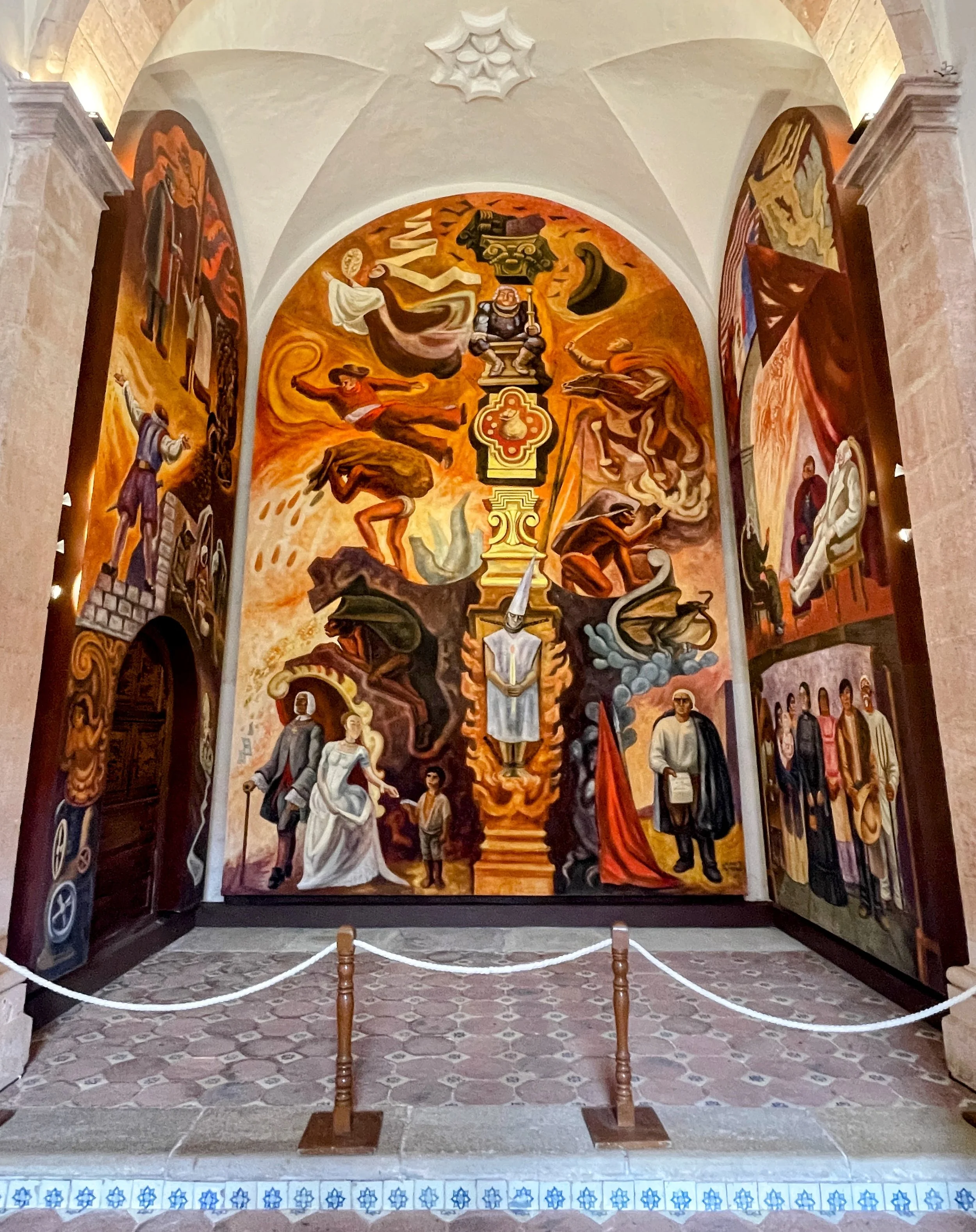
-
Museo Iconográfico del Quijote
A small but diverse museum dedicated to the depiction of Miguel de Cervantes’ classic Don Quixote de la Mancha. It highlights different artists and varying genres celebrating this Spanish classic. (image Don Quixote por Pablo Picasso)

-
San Gabriel de Barrera
A little outside of the center of town is a lovely visit to the area’s spectacular botanical gardens on the property of the ex-hacienda of Gabriel de Barrera, one of the heirs to the wealth of the surrounding mines. The home on property is now a museum to witness some of the European opulence that wealthy landowners boasted during the 17th Century.
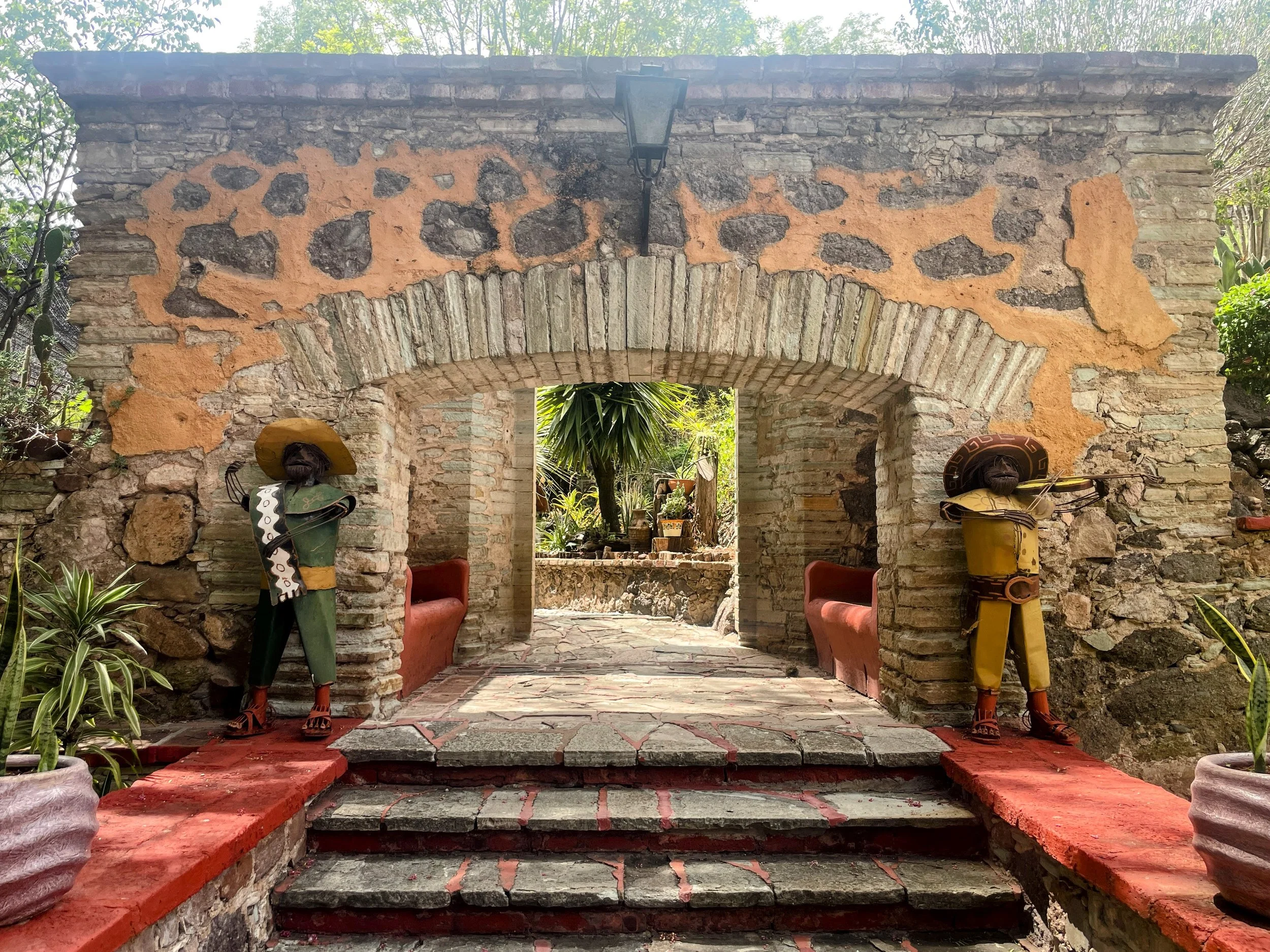
-
El Pípila & Panorámica
This large monument looms over Guanajuato, celebrating the hero ‘el Pípila’ who risked his life to attack the Spanish fortress of the Alhóndiga in a pivotal point in the war of Independence. It is a fun ride up the Funicular to see it, and the breathtaking views of Guanajuato from the Panorámica are unbeatable.

-
Callejón del Beso
A tourist attraction to see the iconic alleyway that is so narrow that a couple could kiss from the neighboring balcony, reenacting the legend of a young couple who snuck out to see each other in a Romeo and Juliet-eque tale of forbidden love.

-
Museo de las Momias
This controversial museum is probably Guanajuato’s most visited tourist spot, since what it houses sparks macabre intrigue: the infamous ‘Mummies of Guanajuato’. Due to the minerals in the local soil, interred bodies were not decomposing and needed to be lined up along the cemetery gates. Now, they are on view for all (with a paid ticket) to see. (image @museomomiasgto)

-
Teatro Juárez
Guanajuato’s main theater is right in the center or town and hard to miss, with it’s incredible neoclassical architecture boasting classical muses on top and the bronze lions next to the entrance. It is an amazing space to see a performance, and even a tour of its interior design is worth the time.
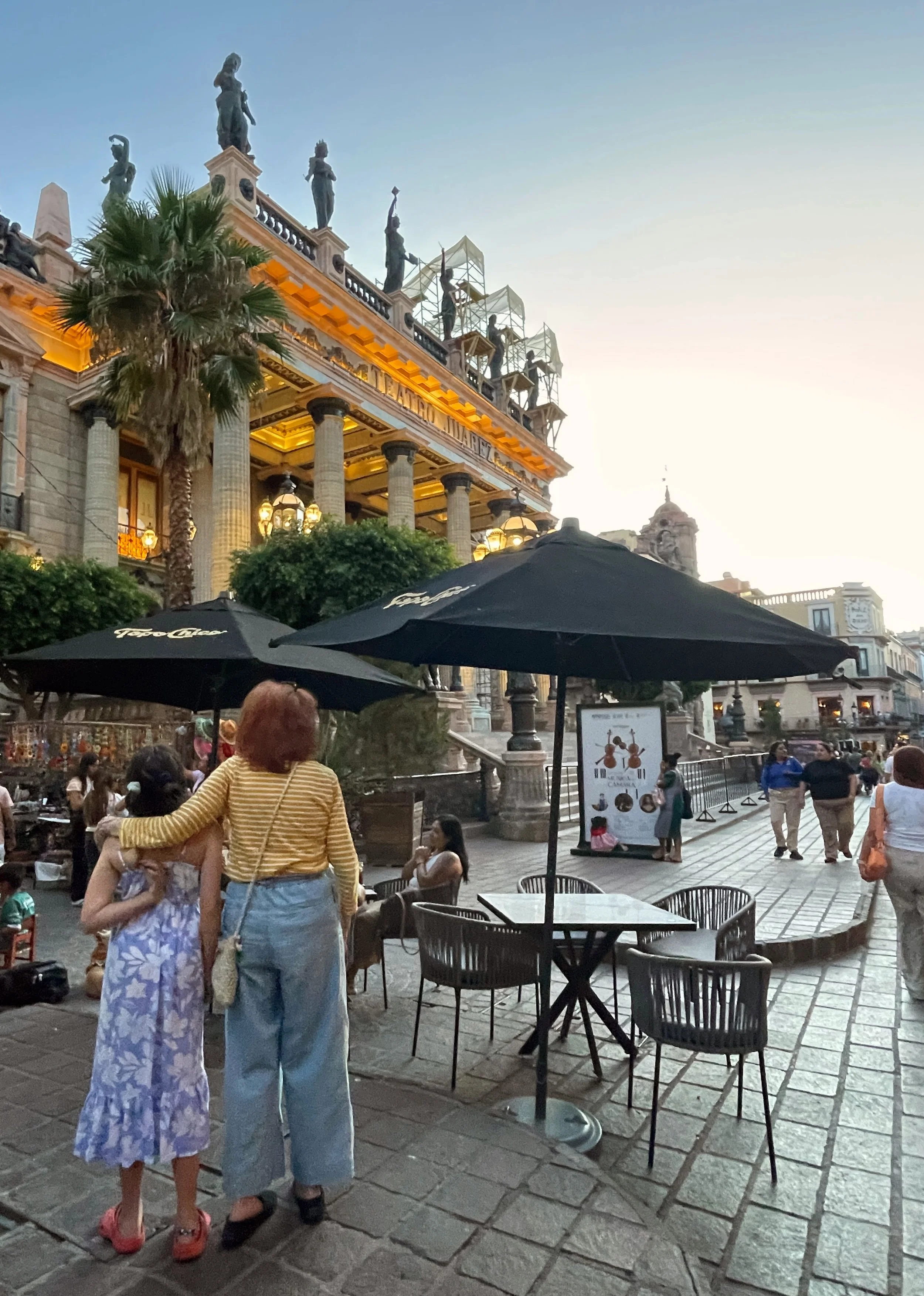
-
Basílica de Nuestra Señora de Guanajuato
This is the large iconic church that is featured in many photos of Guanajuato. It houses the statue of the Virgin of Guanajuato, patron saint.
-
Templo de San Francisco
Built in 1741 in the late Baroque style and currently run by Franciscan friars. (image from Lonely Planet)
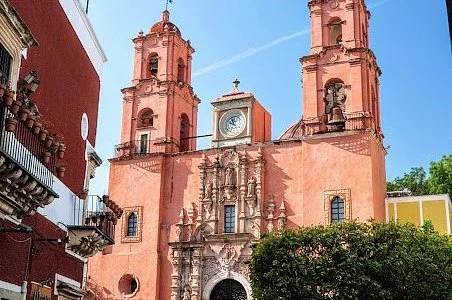
-
Templo de San Diego
A ‘pink’ cathedral that is elaborately decorated. Considered to be the monastery built in the area.

-
Valenciana
A quick drive outside of town brings you to this area established for its famous mine, contributing to Guanajuato’s growth and wealth. Part of the mine is open to visitors, and the spectacular Temple in Valenciana is definitely worth a visit with its elaborate Spanish Baroque ornamentation.
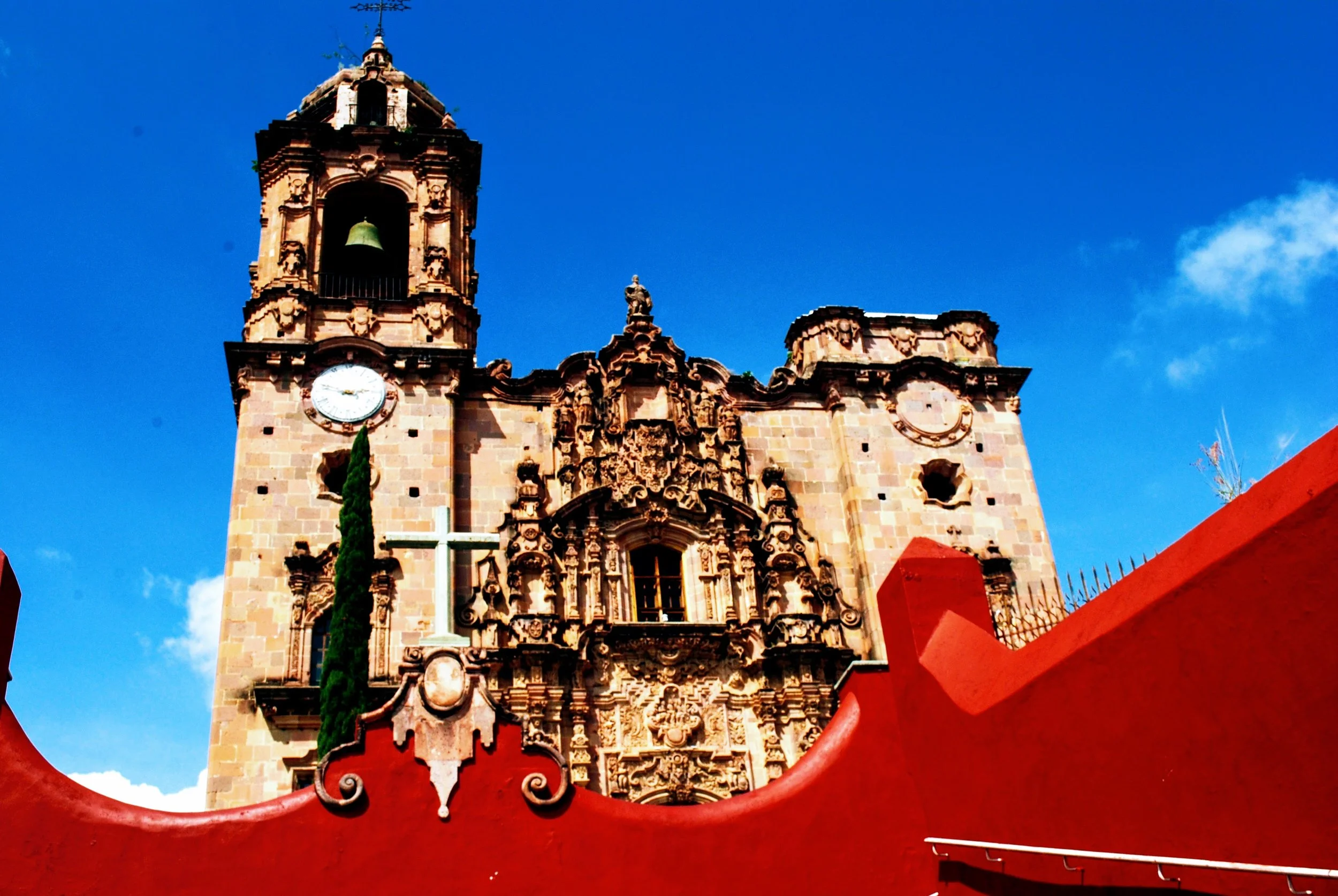
-
Santa Rosa
Further up from Valenciana takes you into the foothills of Santa Rosa with its beautiful forests of oak trees. It sometimes feels like you are in the clouds when visiting the Women’s Co-Op selling local fruit preserves. The view from up here is amazing while sipping local orange flavored mezcal at the Restaurant de la Sierra.









